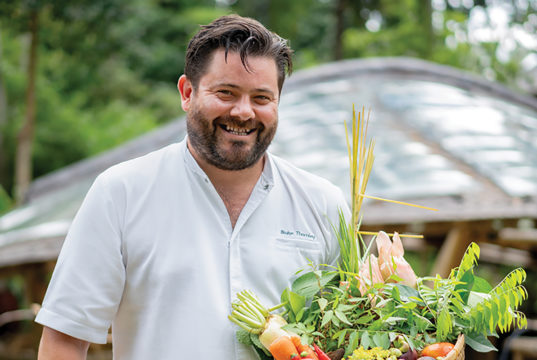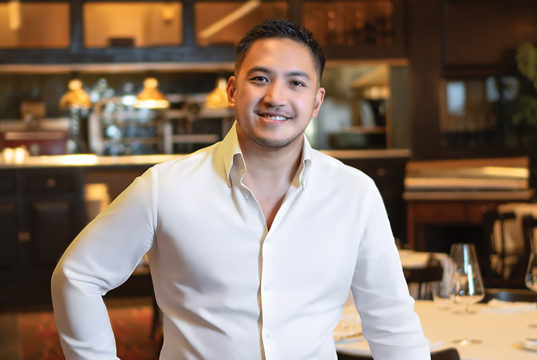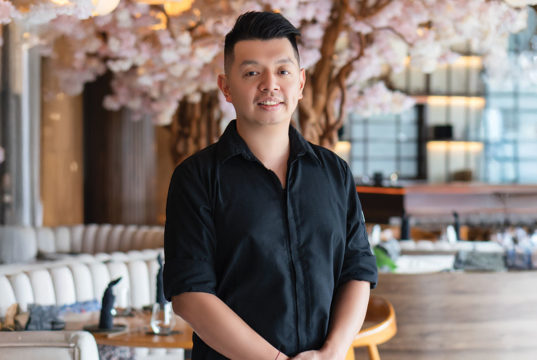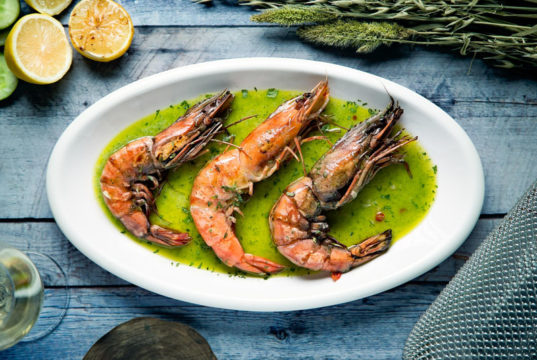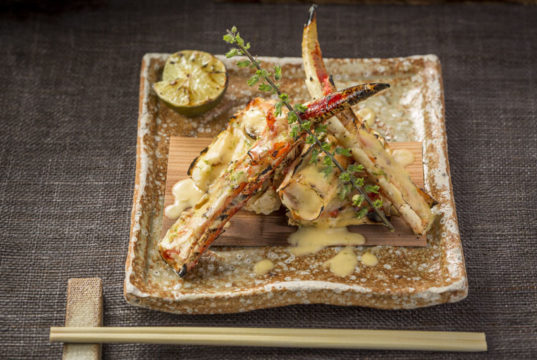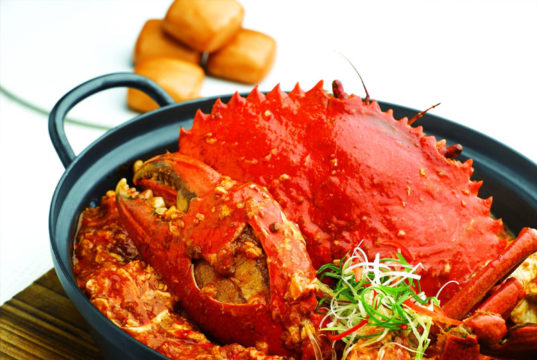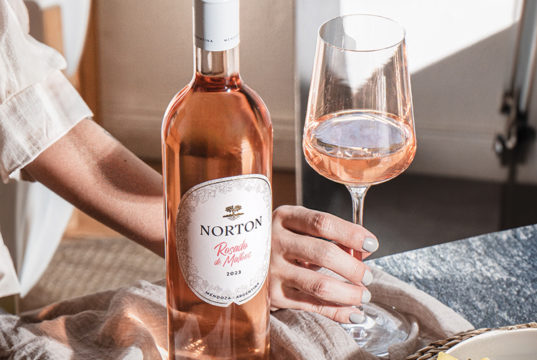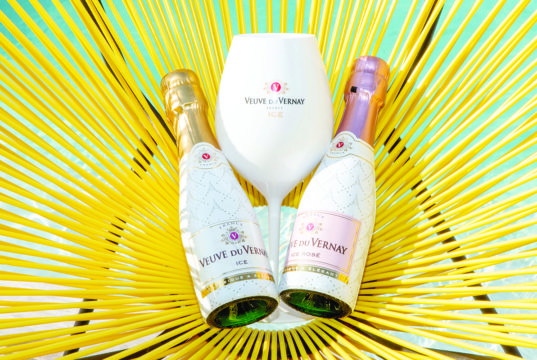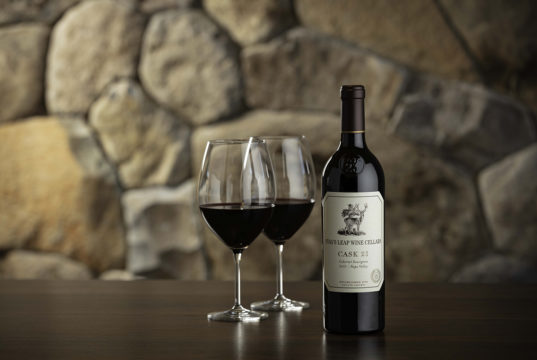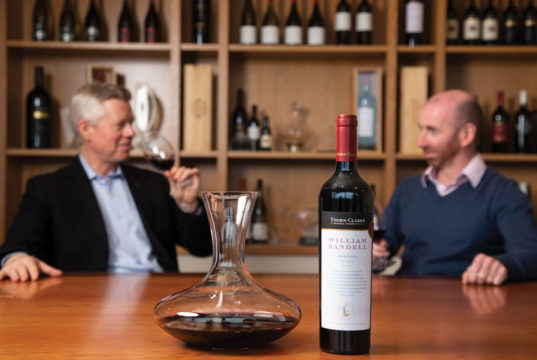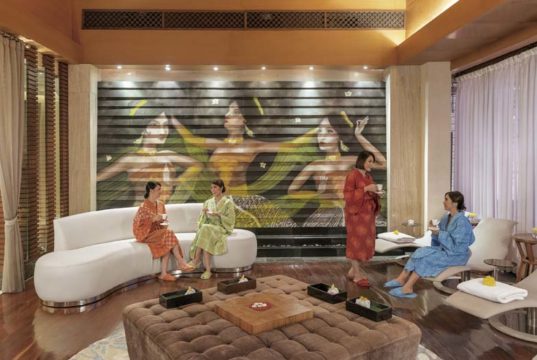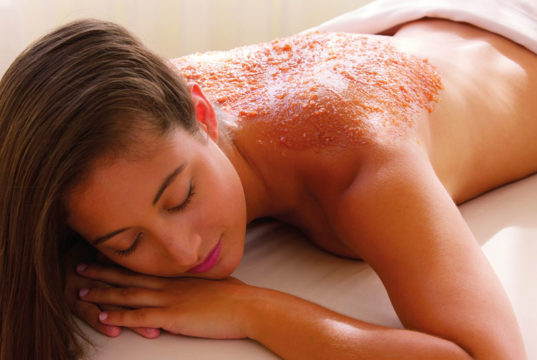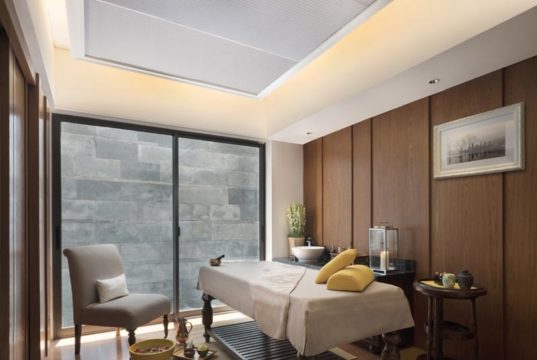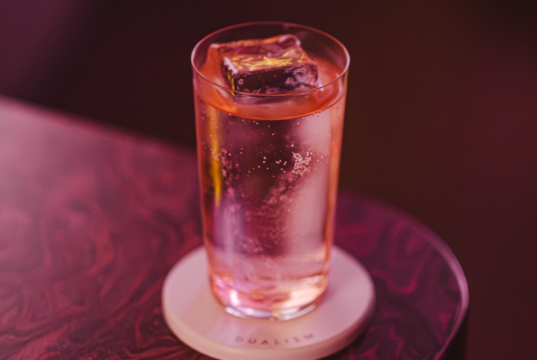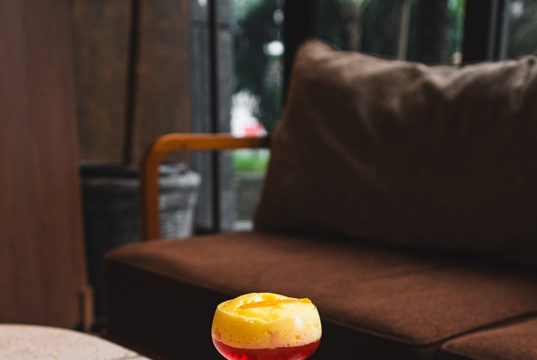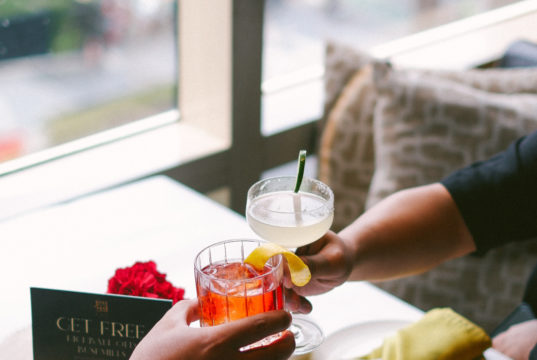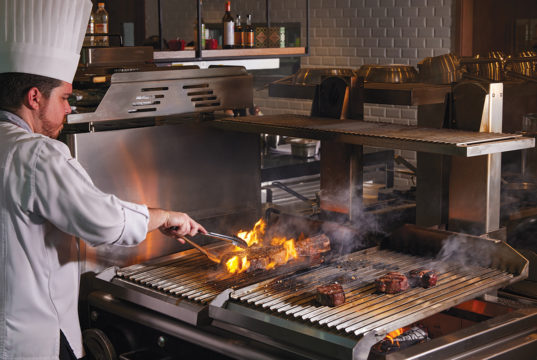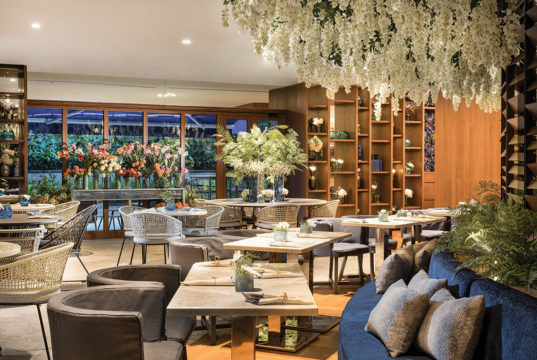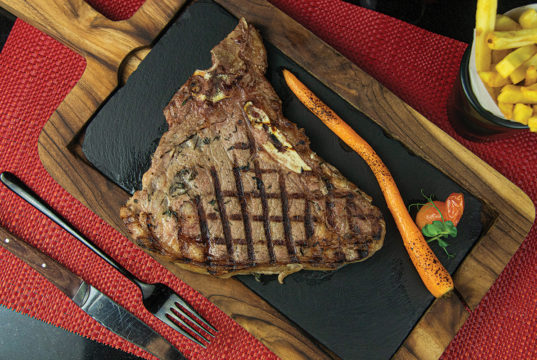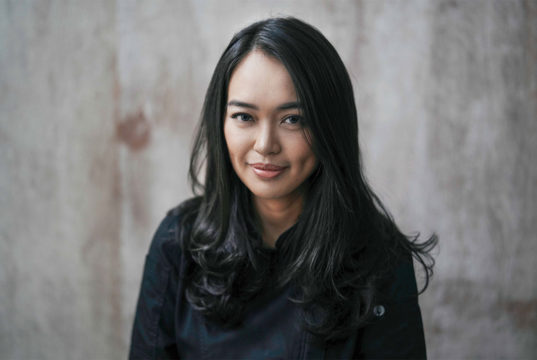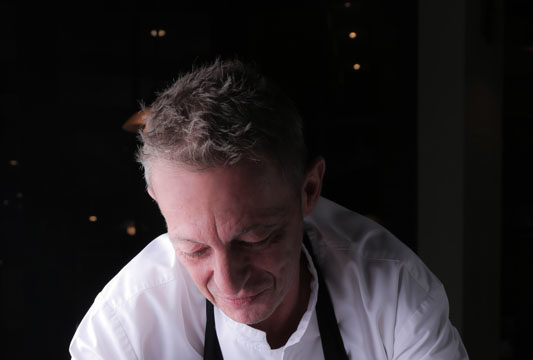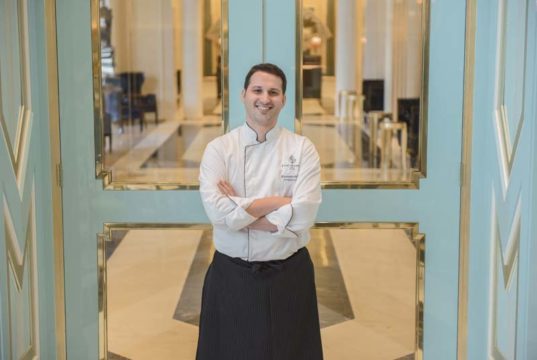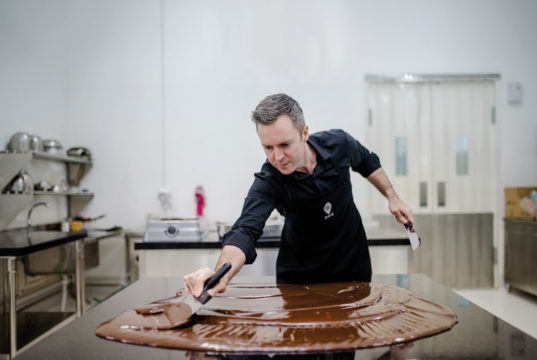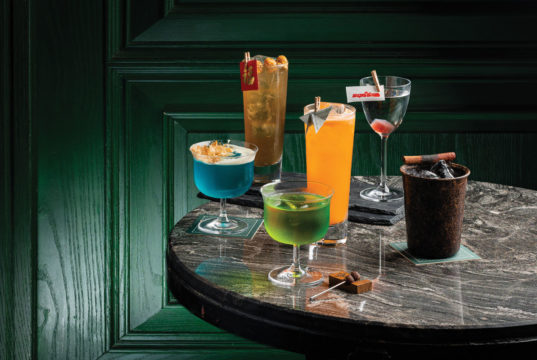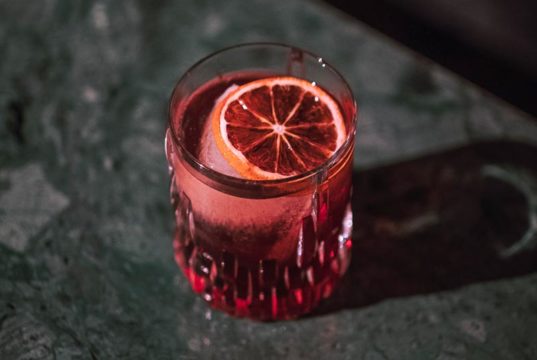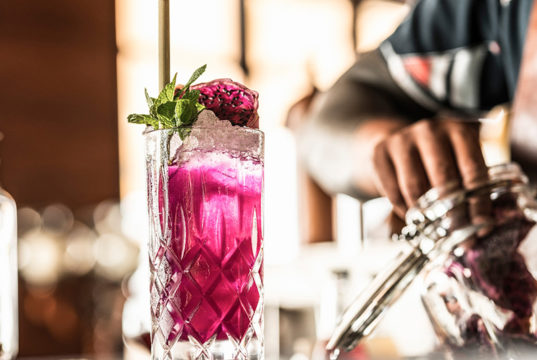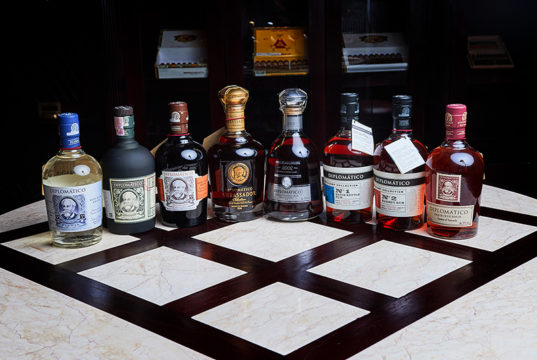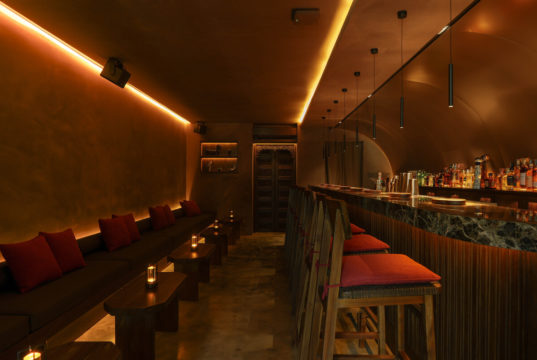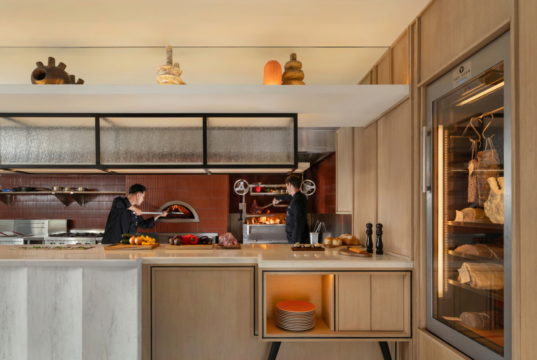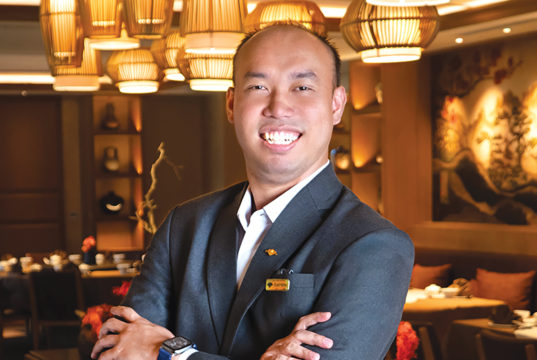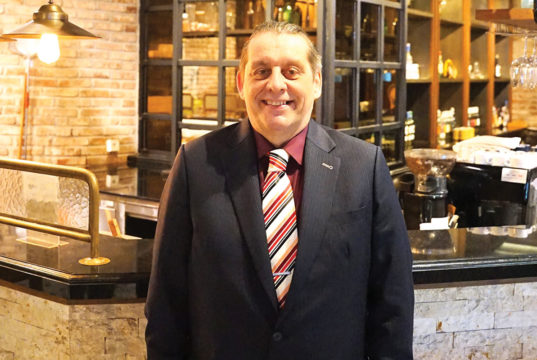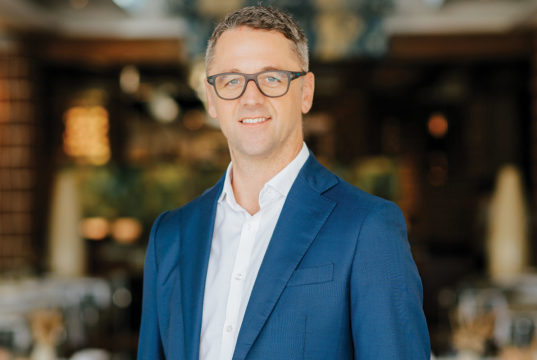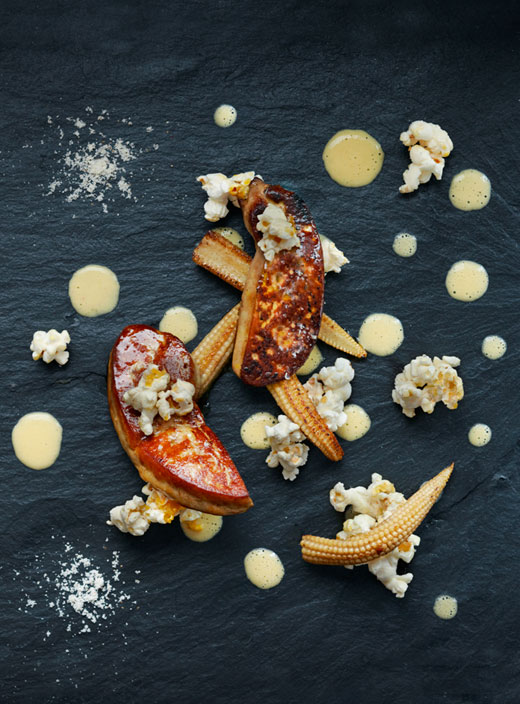Born to Cook
Hailing from Toulouse in the South West of France, the stage was always set for Chef Pascal to hit the spotlight. He grew up in an environment that all great chefs yearn for – a place where foie gras, duck, fine charcuterie, cassoulet, good wines and Armagnac are the order of the day, every day.
By the tender age of 8, he already knew he wanted to be a chef. He left school at just 14 years old and secured a spot at a Bordeaux cooking school, paving his way to work with the world’s top chefs. After training with big names like Guy Savoy, French Chef Pascal Aussignac today takes the reigns at eight of his award-winning London restaurants – a dream that he has been dreaming since he was just a child.
Spending most of his life in world-renowned kitchens, Chef Pascal has been delighting foodies and critics with his masterful French cuisine since 1998, and in 2002, he earned his Michelin star for his flagship restaurant, Club Gascon. By 2009 he launched his bestselling recipe book “Cuisinier Gascon: Meals from a Gascon Chef”, and last year, he was named Restaurant Chef of the Year at the Craft Guild of Chef Awards.
A culinary superstar, Chef Pascal recently made his way over to Bali to dish up an exclusive, one-night-only wine dinner at CIRE restaurant, Alila Villas Uluwatu – and we were lucky enough to bag ourselves a seat. We caught up with the chef in between courses and glasses of fine French wine to find out more about this master of cuisine. He tells us about his star-studded career, the highs and the lows, and he reveals what it was really like to win that Michelin star.
Q: Today, you’re a Michelin-starred, world-renowned chef, but what was it that first tempted you into the kitchen?
A: As a kid, I loved helping my Mum cook. Even when I was just 5 years old, I would spend my Sundays in the kitchen with her helping as much as I could. I think it was these memorable moments that sparked my passion for cooking, because by 8 years old, I knew I wanted to be a chef.
Q: So how did that translate into an award-winning career?
A: My parents knew that I wasn’t doing very well at school in the traditional, academic sense, but they knew how well I worked with my hands in the kitchen. So at age 12, I was given the chance to try my luck at a couple of nearby restaurants. One of the chefs immediately told my family how dedicated I was to this business, so by 14 years old, I was enrolled to a great cooking school in Bordeaux. It all took off from there.
Q: Since then you’ve trained with French master chefs like Gerard Vie, Alain Dutournier and Guy Savoy, to mention just a few. What did you learn from working with these culinary greats?
A: It was only after some time working with these great chefs that I really realised just how much knowledge I was acquiring and integrating into my own cooking style. I learned how to train and associate with my palate, but most importantly, they helped me understand exactly what I wanted for my culinary future.
Q: Well your future must have looked very bright because now you cook in and oversee eight of your award-winning restaurants in London. How do you manage them all?
A: All of the restaurants bear quite different styles, from gastronomie to bistronomie, cocktail bars to fast food. But actually, even though it’s sometimes difficult to juggle, I like the versatility of it all – it keeps things fresh and much more interesting than sticking to just one style.
Q: So what made you choose London as the home of your culinary empire?
A: By default actually! I wanted to be a part of the culinary scene in Paris, but perhaps being too young and too ambitious at that time, things just weren’t moving forward – the banks were frustratingly stubborn whenever I proposed my ideas to them! So I soon learnt that you can’t always tackle this business alone, which is when I teamed up with my wonderful business partner who took the risk of establishing something from nothing in London. The rest, I guess, is history!
Q: Your flagship restaurant, Club Gascon, gained its Michelin star in 2002. What was that really like for you?
A: A truly fantastic day – one of the most important days of my life actually. And it certainly hasn’t been forgotten. I use it as a daily reminder for myself and my team as to what excellence really is, and that it can always be achieved if we work hard and keep our minds focussed.
Q: That’s a massive high for your career – have there been many lows? Has your passion ever been tested?
A: I’m sure it has been tested on many occasions! But you learn very quickly in this industry that when mistakes or challenges arise, you use them as a means to boost your own drive, to make sure they never come around again.
Q: So if you could transport to any restaurant in the world right now, which one would you choose?
A: Noma for sure – the two Michelin star restaurant run by Chef René Redzepi in Copenhagen, Denmark. For me, this place is the perfect combination of service, style and fantastic cuisine at the highest possible level. Not surprisingly, it’s currently voted as the No.1 restaurant in the world.
Q: How about here in Asia? Do you have a favourite restaurant?
A: Nahm in Thailand, of course!
Q: For the exclusive one-off dinner at CIRE restaurant, Alila Villas Uluwatu, you paired pressed foie gras with crab and a spicy tomato coulis. What made you come up with this unique combination?
A: I like the challenge of merging products from the land and the sea, so a lot of my dishes take the idea of surf and turf to bring the two together and find new ways in which they complement each other. And what some people don’t realise is, foie gras can be as versatile as eggs, so using crab or any other seafood with foie gras often works really well.
Q: And how about the dessert of a Roquefort Macaron?
A: Roquefort is very strong, so a lot of people aren’t that keen on it. I love cheese, especially Roquefort as it’s so French, so I decided to try a few recipes that integrate it as a pudding. It turns out, the sugar of the macaron and the smokiness of the cheese creates a great taste sensation that works fantastically.
Q: It seems that nothing is too big of a challenge for you, so what does the future hold?
A: I always have new ideas and new restaurants floating around in my mind, along with the ultimate dream of opening up a boutique hotel in Lisbon. So for now, the future is a work in progress…!
(www.alilahotels.com/uluwatu/dining)
Chef Pascal’s Red Mullet and Golden Quinoa Risotto
From his cookbook, “Cuisinier Gascon: Meals from a Gascon Chef”
Ingredients
(Serves four)
For the Red Mullet:
4 medium Red Mullets, filleted
1kg Fresh Mussels, washed and de-bearded
4tbsp Olive Oil
100ml Dry White Wine
2 Bay Leaves
2 sprigs Fresh Thyme
1 large Fennel Bulb
Juice of 1 lemon
2tbsp Fresh Dill, chopped
Sea Salt and Freshly Ground Black Pepper
Knob of Butter
For the Quinoa Risotto:
50g Baby Squid (optional)
2tbsp Olive Oil
Good pinch of Espelette Pepper (optional)
120g Quinoa
1 Shallot, chopped
½tsp Saffron
1 small Chorizo Sausage, finely chopped
To Make
1. Check the mullets for pin bones and remove them with your fingertips. Trim the edges to neaten the fillets. Set aside in the fridge.
2. Cook the mussels. Heat a tablespoon of olive oil in a large saucepan and, when hot, tip in the mussels. Pour in the wine, bay leaves and thyme and cover with a lid. Cook on a medium heat for about five minutes then uncover. The mussels should all have opened. Those that haven’t should be discarded. Strain off the cooking liquor into a bowl through a fine sieve.
3. Cool the mussels and remove them all from the shells. Set aside.
4. Prepare the fennel. Halve lengthways, cut out the base core and slice thinly. Place in a bowl with two tablespoons of oil, the lemon juice and half the dill. Season and allow to marinate.
5. If using, wash the squid, cut into small dice and marinate in one tablespoon of oil with a pinch of Espelette pepper.
6. Now cook the quinoa. Using a large pan, heat the remaining oil and stir in the quinoa and shallots. Cook for two to three minutes then add the saffron and cook for another minute or so. Pour in the mussel liquor, stir and bring to the boil, then cover and turn the heat down. Cook for about 10 minutes, then uncover, stir in the diced squid, chopped chorizo and remaining dill. Season and keep warm.
7. Finally, cook the mullet fillets. Heat the last of the oil in a non-stick frying pan and cook the fillets, skin-side down. They should take no more than two to three minutes.
8. Stir in the butter and heat until it sizzles and browns the fish. Remove from the heat. Toss the mussels into the pan and cook on a high heat until browned.
9. Serve the fish with the quinoa risotto, mussels and fennel. Bon appetit!




